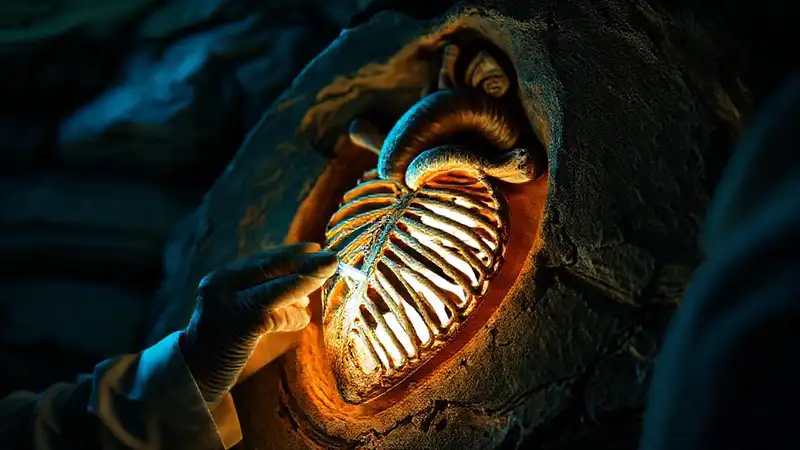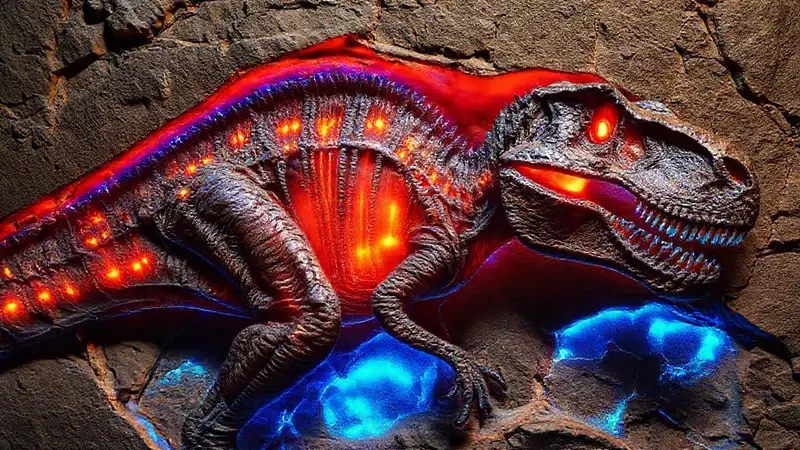The study of paleontology has revolutionized our understanding of prehistoric life, moving beyond simply bones and teeth to delve into the complex physiology of extinct creatures. Reconstructing the inner workings of dinosaurs – their circulatory systems, respiratory mechanisms, and digestive processes – presents a uniquely challenging task. The fossil record, while incredibly informative, often lacks the detailed soft tissue preservation necessary for direct anatomical observation. Consequently, scientists rely heavily on comparative anatomy with modern birds and reptiles, biomechanical modelling, and geochemical analysis to create increasingly sophisticated – and often speculative – reconstructions of dinosaur physiology. This exploration seeks to understand how likely it was for dinosaurs to have possessed physiological features, like a four-chambered heart, that we associate with highly efficient warm-blooded animals.
Fossil Evidence for Cardiovascular Systems
Traditionally, dinosaurs were thought to be cold-blooded (ectothermic), relying on external sources for heat. However, recent discoveries have increasingly pointed toward a more nuanced picture. The fossilized remains of Deinocheirus, a massive ornithomimosaur, provided compelling evidence of a vascularized bone structure, indicative of ongoing blood flow long after death. This phenomenon, known as perimortem bone vascularization, is usually associated with warm-blooded animals. Furthermore, microscopic analysis of bone surfaces on various dinosaurs, including Tyrannosaurus rex and Velociraptor, has revealed evidence of blood vessel networks, suggesting a system capable of distributing heat throughout the body more effectively than a simple, open circulatory system. This complexity initially raised questions about whether these animals could have sustained a high metabolic rate.
The Debate over the Four-Chambered Heart
The presence of a four-chambered heart – a hallmark of birds and mammals – significantly improves circulatory efficiency by completely separating oxygenated and deoxygenated blood. Historically, the prevailing view was that dinosaurs, particularly large ones, lacked this key feature, relying instead on a three-chambered heart, common in reptiles. However, growing evidence – particularly regarding Deinocheirus – suggests this may be an oversimplification. Some researchers argue that a partial or ‘pseudo-four’ chambered heart is a more plausible scenario for many dinosaur groups, particularly those with higher metabolic rates. The fossilized evidence does not conclusively prove the presence of a fully developed four-chambered heart in all dinosaurs, but the possibility is gaining substantial traction.
Respiratory Systems and Ventilation

A critical factor in understanding dinosaur physiology is their respiratory system. Early theories proposed that dinosaurs used a buccal pumping mechanism, similar to crocodiles, where they forced air into their lungs through their mouths. However, this model struggled to explain the impressive speeds and stamina of many dinosaurs. More recent research suggests that most dinosaurs, including many theropods (the group that includes Tyrannosaurus rex), likely had parabronchi – tiny air passages similar to those found in birds – in their lungs, allowing for a more efficient exchange of gases. This system would have greatly increased the oxygen uptake and thus the metabolic capability of the dinosaur. Further research on fossilized lung structures and air sacs is ongoing, constantly refining our understanding of dinosaur breathing.
Digestive Physiology and Nutrient Processing
Dinosaur diets varied enormously, from herbivores to carnivores. Understanding how they processed food is vital to understanding their metabolism. Herbivorous dinosaurs, like Triceratops, likely possessed complex stomachs with multiple chambers, analogous to those found in modern birds and reptiles, designed to break down tough plant material. Carnivorous dinosaurs, such as Allosaurus, probably had shorter, simpler digestive tracts. Analyzing the fossilized remains of teeth, jaws, and gut contents, combined with biomechanical modelling, has enabled researchers to speculate on the methods dinosaurs employed to process food, impacting their overall energy requirements and activity levels. Furthermore, the presence of specific gut bacteria is becoming a new area of investigation, offering insights into their digestive processes.
Conclusion
The reconstruction of dinosaur physiology is an ongoing process, built upon a foundation of increasingly detailed fossil discoveries and sophisticated analytical techniques. While definitive proof remains elusive, the evidence accumulating for vascularized bone, evidence of specialized lung structures, and the potential for partially developed hearts is challenging the traditional view of dinosaurs as merely large, cold-blooded reptiles. The field is moving toward a recognition that dinosaur physiology was likely far more diverse and adaptable than previously imagined, exhibiting a spectrum of metabolic strategies tailored to their varied lifestyles.
Continuing research will undoubtedly reveal further complexities and nuances in the internal world of these magnificent creatures, providing a richer and more complete picture of dinosaur life and evolution, and perhaps even answering the initial question: could dinosaurs have possessed a four-chambered heart?





Deja una respuesta